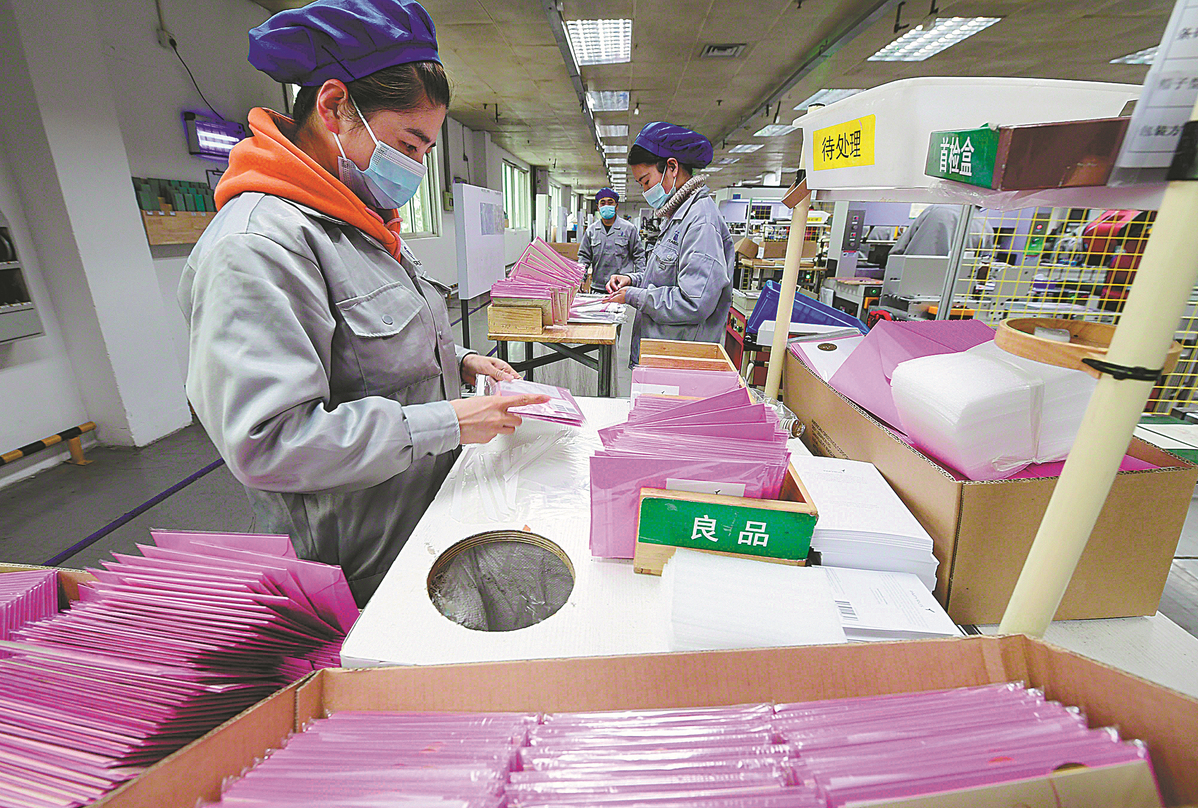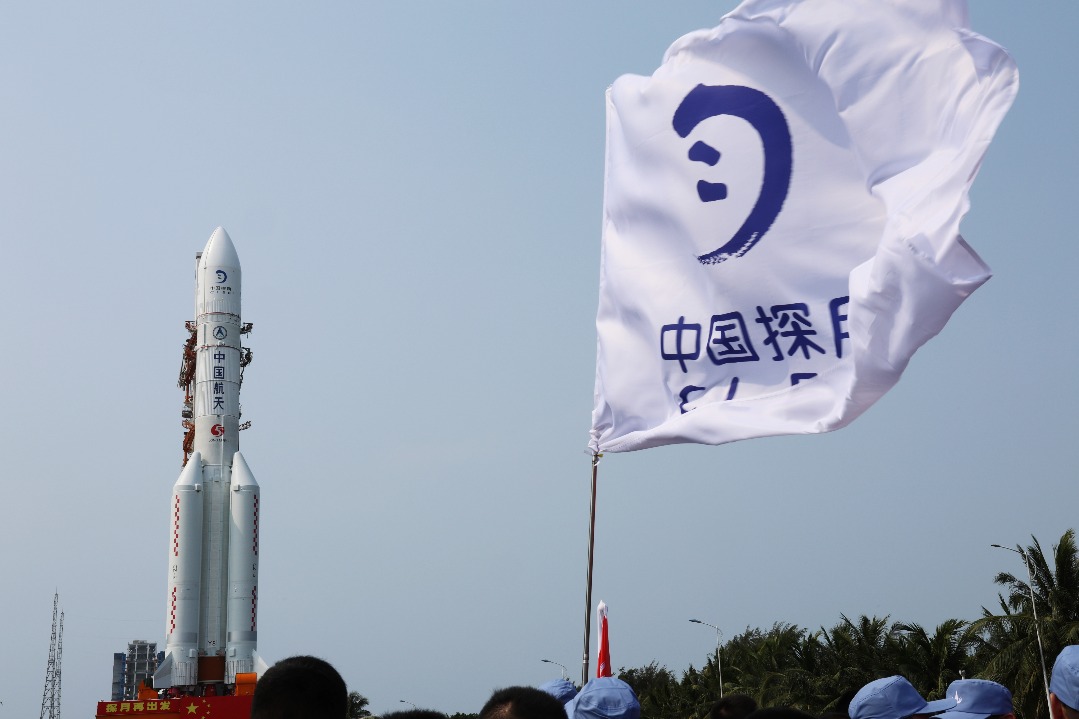Manufacturers save supply chains' blushes


Like Starlite Printers, Chinese manufacturers, especially small and medium-sized enterprises, have been striving to safeguard their competitiveness and remain profitable amid the dire circumstances.
Many of them upgraded the technology content of their products substantially, embraced new formats for foreign trade like cross-border e-commerce, and raised the prices of their products carefully, to avoid getting badgered by the impact of the appreciation in China's renminbi and the commodity price surge.
"The challenge of ensuring the supply chains functioned unhindered has existed for domestic manufacturers even before 2020, but the epidemic made the situation more acute and cumbersome," said Li Xingqian, director-general of the foreign trade department at the Ministry of Commerce.
He noted that many Chinese companies turned to the domestic market and local innovation for securing adequate number of key parts to overcome the heavy dependence on foreign supplies.
For instance, Shenzhen Xidesheng Bicycle Co Ltd, a company specializing in the manufacture of high-end products like mountain bikes, road bikes, sports bikes and electric bikes for global markets, has finalized its production plan till the end of 2022, to meet the demand for various bikes, which has been mounting since last year.
Instead of sticking to its Japanese suppliers for carbon fiber frames used in the assembly of bikes, the company began purchasing carbon fiber frames and carbon yarn from domestic manufacturers from Beijing and Xiamen, Fujian province.
This change in sourcing strategy helped it to ease pressures created by the price rises in imported key parts and components, and mitigated potential risks caused by an overstrained global supply chain, said Li Xiangrong, board secretary of the Guangdong province-based bike maker.
In response to supply chain troubles, Xidesheng, like many other domestic companies, built its own R&D strengths and achieved gradual domestic substitution for imports in recent years.
For instance, imports of parts like smart motors from Europe for e-bikes were extremely expensive as each motor can be worth several thousand yuan, which affected the company's ability to post strong profits.
So, the company decided to invest 12 percent of its annual sales revenue each year on R&D, in order to produce its own centrally mounted torque motors supported by advanced sensors.
"The market feedback to our own smart motors was encouraging," said Li. "With our own brands and patents, we no longer worry about being restrained by foreign suppliers in certain key industrial parts, and the prices of a range of our high-end bicycles also dropped between 30 percent and 40 percent over the past several years."
Agreed Chen Jiayuan, vice-president of Guangzhou Light Industry and Trade Group Ltd, a State-owned manufacturer of garment and food products with more than 10,000 workers in Guangdong province. Chen said the group rode China's dual-circulation development paradigm to grow its foreign trade volume by 7 percent year-on-year in the first three quarters of this year.
In the dual-circulation model, the domestic market is the mainstay while the domestic and foreign markets reinforce each other.
Apart from targeting foreign countries as priority markets, the group launched more than 60 new products simultaneously in China and overseas markets this year. Besides, it was an exhibitor at the 130th session of the China Import and Export Fair-the Canton Fair-held in Guangzhou, the capital of Guangdong province, from Oct 15 to 19.
"To better adapt to the changes in the global market, we have increased our R&D of popular products like kitchen and home furnishings, healthy food, lighting and sport products as the epidemic has changed many people's lifestyles and purchasing preferences," Chen said.
In order to reduce the high costs arising from expensive ocean shipping and other uncertainties, the company will make developing the domestic market one of its key tasks, centering on the group's industrial and supply chains, and will actively look for resources to reinforce its comprehensive competitiveness in the coming years.
























